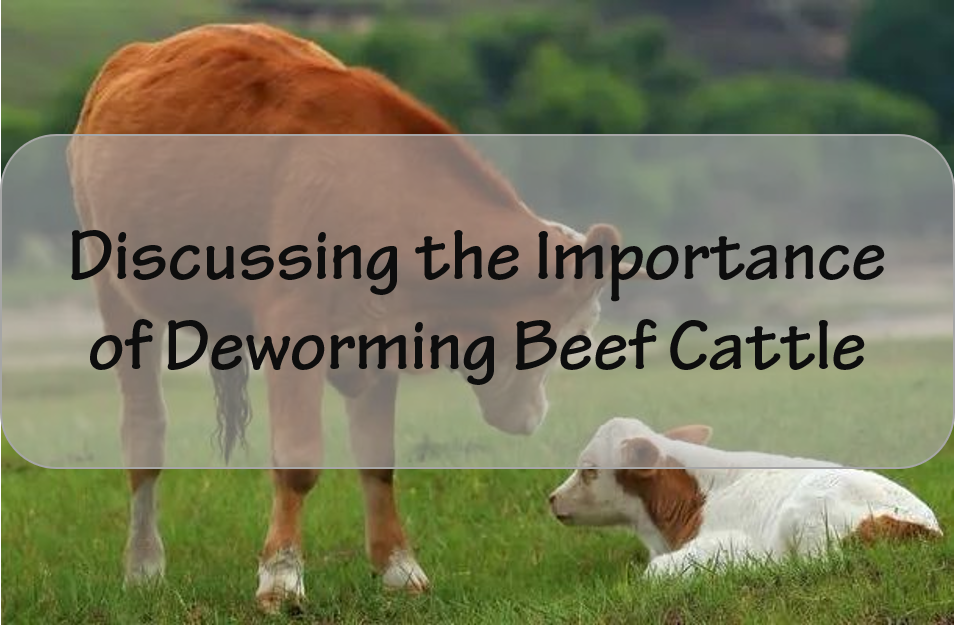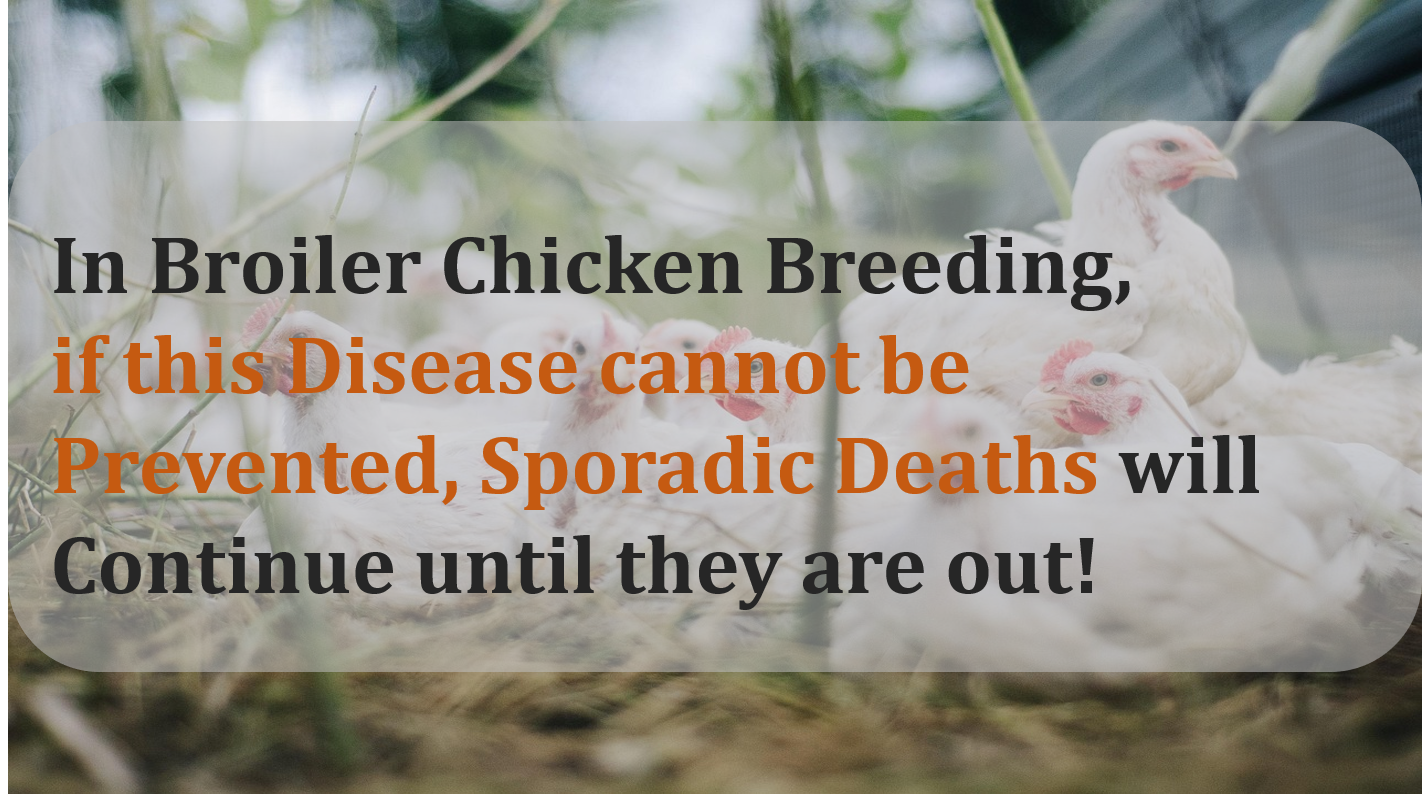| Multifunctional Cationic Host Defence Peptides and Their Clinical Applications With the rapid rise in the emergence of bacterial strains resistant to multiple classes of antimicrobial agents, there is an urgent need to develop novel antimicrobial therapies to combat these pathogens. Cationic host defence peptides (HDPs) and synthetic derivatives termed innate defence regulators (IDRs) represent a promising alternative approach in the treatment of microbial-related diseases. Cationic HDPs (also termed antimicrobial peptides) have emerged from their origins as nature’s antibiotics and are widely distributed in organisms from insects to plants to mammals and non-mammalian vertebrates. Although their original and primary function was proposed to be direct antimicrobial activity against bacteria, fungi, parasites and/or viruses, cationic HDPs are becoming increasingly recognized as multifunctional mediators, with both antimicrobial activity and diverse immunomodulatory properties. Here we provide an overview of the antimicrobial and immunomodulatory activities of cationic HDPs, and discuss their potential application as beneficial therapeutics in overcoming infectious diseases.
Cationic host defence peptides (HDPs) constitute a major component of the ancient, nonspecific innate defence system in most multicellular organisms, forming the first line of defence against invading microbes . Cationic HDPs are generally classified into four structural groups, with the first two classes being more predominant in Nature: a-helical, b-sheet, extended structures rich in certain amino acids and loop peptides. Despite the diversity in their sequences and structures, cationic HDPs are generally amphipathic, small (12–50 amino acids), have an overall net positive charge and have a high content of cationic and hydrophobic residues . Early work on these defence molecules from insects, amphibians and mammalian phagocytes demonstrated that these molecules have antimicrobial activity against a variety of microbes . More recently, it has become evident that these peptides exhibit a wide range of biological activities from direct killing of invading microbes to modulation of innate immune response and other biological responses of the host (Fig. 1) . Therefore, although they are often termed antimicrobial peptides (AMPs), they are perhaps more accurately termed host defence peptides (HDPs) to describe the breadth of their activities. Table 1 presents the immunomodulatory functions of cathelicidins and defensins. Moreover, synthetic variants of HDP, called innate defence regulator (IDR) peptides, show protective activity against bacterial infections mediated entirely through effects on the immunity of the host and independent of direct antimicrobial activity.
As a result of the multifunctional properties of cationic HDPs and the increasing bacterial resistance to conventional antibiotics, there are ample opportunities for developing them for use in the clinic as anti-infective and immunomodulatory therapeutics. Although there are very few HDPs currently in use in the market, many are progressing through clinical trials for the treatment of a host of disease conditions including microbial infections, organ failure, wound healing, diabetes and cancers. Because of the complex mechanisms of action and potential toxicities, most clinical trials have focussed on HDP treatment topically rather than systemically.
Fig. 1 Potential biological uses of HDPs. Many HDPs demonstrate both direct killing of cells and immunomodulatory properties, although not necessarily equally. Some HDPs have also been shown to carry conjugated molecules into a target cell
Table 1 Immunomodulatory functions of mammalian cationic HDPs
Naturally derived HDPs have demonstrated a multitude of influences on the human body and an ability to directly kill pathogens. As anti-infective agents, HDPs can act to directly kill pathogens or clear an infection by stimulating an appropriate immune response (e.g. recruitment of leukocytes, while suppressing excessive inflammation). Furthermore, HDPs are unlikely to promote microbial resistance and can suppress the potentially harmful inflammation that is often part of infection, two properties that make HDPs an exciting and novel approach to combating infections. The diverse immunomodulatory activities of HDPs illustrate the potential for their use in many other applications, including wound healing, vaccine adjuvants, anti-endotoxemia, and anticancer drugs.
Limitations in development and production have driven the field of HDPs as therapeutics away from natural peptides and towards the shorter, more stable synthetic IDRs. Many current limitations such as cost and stability are likely to be overcome in the near future as synthetic strategies and peptidomimetic technologies are refined. Although there are very few peptides in phase III clinical trials and in current clinical use, it seems very likely that HDPs and IDRs will be in use as therapeutics within the next few years.
Source of this article: Amy T. Y. Yeung • Shaan L. Gellatly • Robert E. W. Hancock. Multifunctional cationic host defence peptides and their clinical applications. Cellular and Molecular Life Sciences. DOI 10.1007/s00018-011-0710-x
In case of infringement, please contact us! |
 Cattle and Sheep 100 Questions Ⅳ
Cattle and Sheep 100 Questions Ⅳ
 Discussing the Importance of Deworming Beef Cattle
Discussing the Importance of Deworming Beef Cattle
 In broiler chicken breeding, if this disease cannot be prevented, sporadic deaths will continue until they are out!
In broiler chicken breeding, if this disease cannot be prevented, sporadic deaths will continue until they are out!
 Cattle and Sheep 100 Questions Ⅱ
Cattle and Sheep 100 Questions Ⅱ